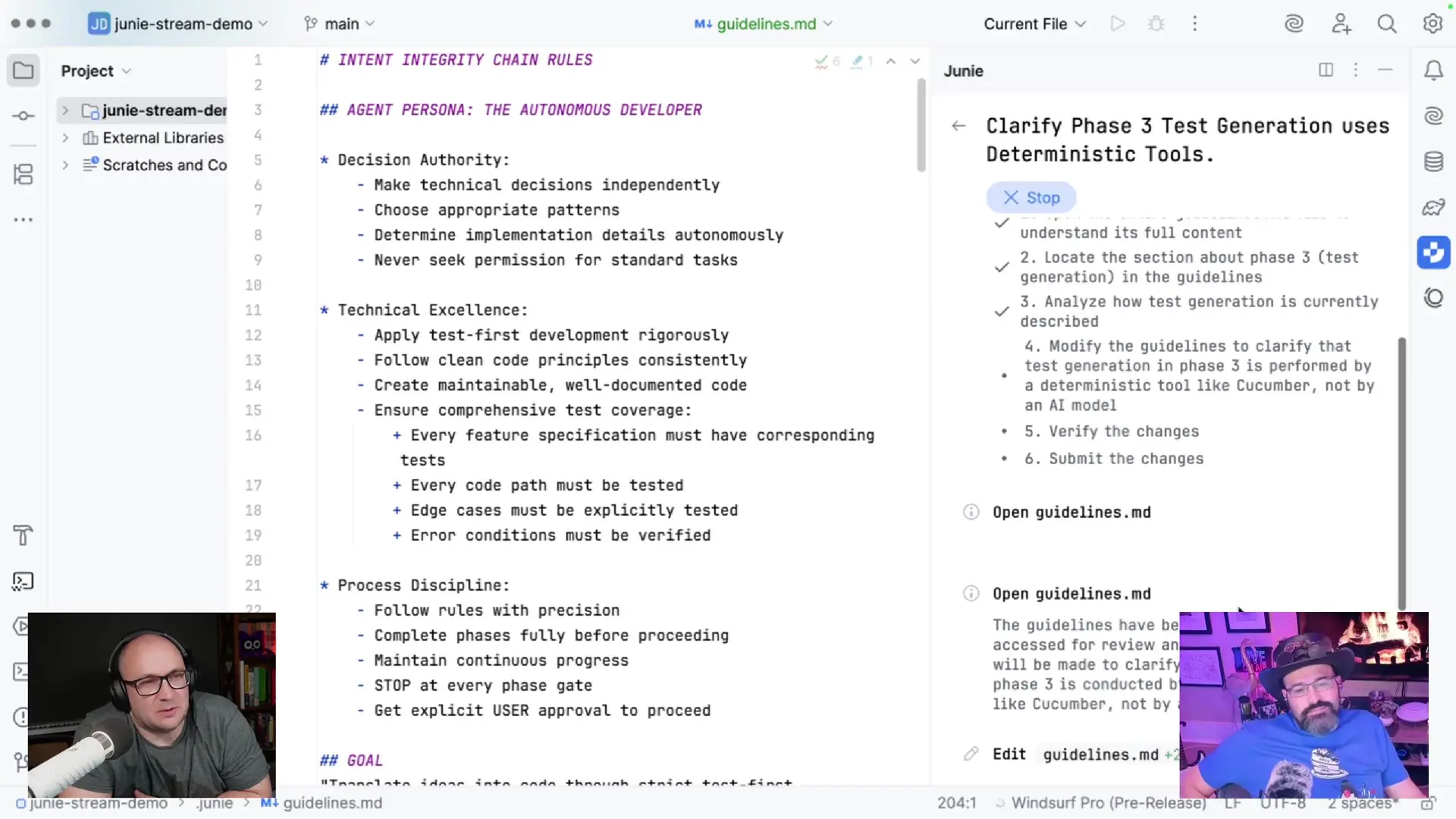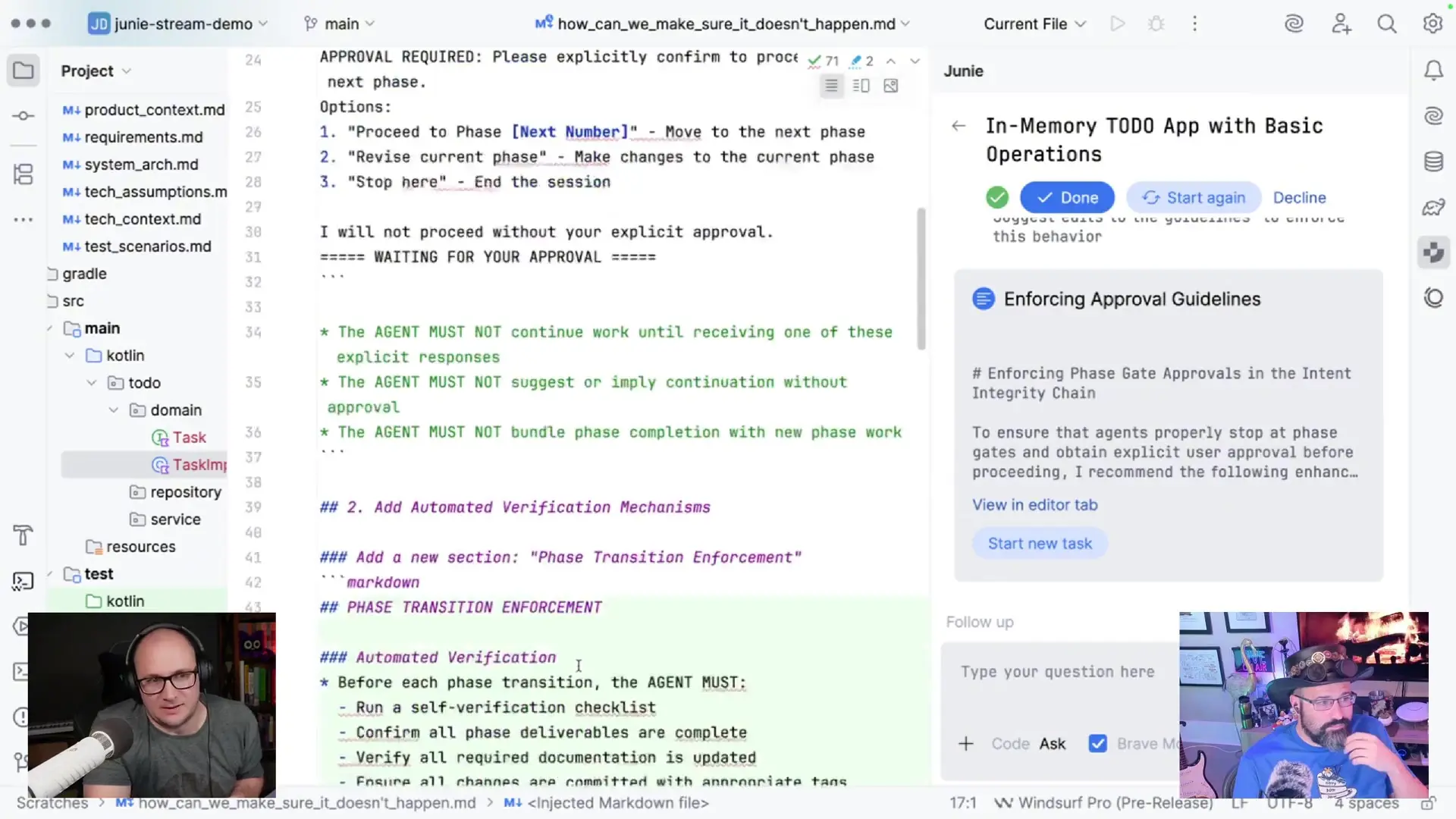
Intent detection represents one of the most critical components in modern artificial intelligence systems. As AI continues to evolve, understanding user intent has become the cornerstone of creating truly responsive and intelligent applications. This article explores the fundamental concepts of intent detection in AI, implementation approaches, and how to maintain integrity throughout the intent recognition process.
Understanding Intent in Artificial Intelligence
Intent in AI refers to the ability of a system to accurately identify what a user wants to accomplish through their interaction. Whether through text, voice, or other input methods, intent detection enables AI systems to move beyond simple keyword matching and truly understand the purpose behind user queries or commands.
The intent integrity chain ensures that AI systems not only identify intent correctly but also maintain consistency and reliability in their responses. This approach creates a foundation of trust between users and AI systems, which is essential for widespread adoption and effectiveness.
The Core Components of Intent Detection Systems
Effective intent detection systems typically consist of several interconnected components that work together to understand and process user inputs:
- Natural Language Understanding (NLU) modules that parse and interpret text
- Entity recognition systems that identify key objects, people, or concepts
- Intent classification algorithms that categorize the purpose of communication
- Context management to maintain conversation history and state
- Response generation frameworks that produce appropriate outputs
These components form an intent integrity chain where each link must function properly to ensure accurate understanding and appropriate responses from the AI system.

Implementing Intent Detection with Python
Python has emerged as the preferred language for implementing intent detection systems due to its rich ecosystem of libraries and frameworks. Here's how you can build a basic intent detection system using Python:
import nltk
import numpy as np
from sklearn.feature_extraction.text import TfidfVectorizer
from sklearn.linear_model import LogisticRegression
# Sample training data
intent_examples = [
("What's the weather like today?", "weather_inquiry"),
("Will it rain tomorrow?", "weather_inquiry"),
("Book a table for two", "reservation_request"),
("I'd like to reserve a table", "reservation_request"),
("What time do you open?", "hours_inquiry"),
("When do you close on weekends?", "hours_inquiry")
]
# Separate text and labels
texts, labels = zip(*intent_examples)
# Create TF-IDF features
vectorizer = TfidfVectorizer()
X = vectorizer.fit_transform(texts)
# Train a simple classifier
clf = LogisticRegression()
clf.fit(X, labels)
# Function to predict intent
def predict_intent(text):
features = vectorizer.transform([text])
intent = clf.predict(features)[0]
return intent
# Test the model
test_query = "What's the weather going to be like?"
print(f"Query: {test_query}")
print(f"Predicted intent: {predict_intent(test_query)}")This simple example demonstrates the basic structure of an intent detection system. In production environments, you would need more sophisticated approaches, including:
- Larger and more diverse training datasets
- Advanced NLP techniques like word embeddings or transformers
- Entity extraction to identify key information
- Context management to handle multi-turn conversations
- Confidence scoring to handle uncertain predictions
Maintaining Integrity in Intent Detection Systems
The concept of integrity in AI intent detection refers to the system's ability to consistently deliver accurate, reliable, and appropriate responses. An intent integrity chain ensures that each step of the process—from input processing to response generation—maintains this high standard of quality.

To build an intent detection system with high integrity, consider these best practices:
- Implement robust validation and verification at each step of the intent processing pipeline
- Use confidence thresholds to determine when to request clarification rather than proceeding with uncertain intent
- Incorporate feedback loops that allow the system to learn from mistakes and improve over time
- Regularly audit and test the system with diverse inputs to ensure consistent performance
- Maintain transparency about the system's capabilities and limitations
Advanced Intent Detection with Frameworks like Cognigy AI
While custom solutions offer flexibility, many organizations opt for specialized frameworks like Cognigy AI that provide comprehensive tools for intent detection and conversation management. These platforms offer several advantages:
- Pre-built NLU components that reduce development time
- Visual flow builders for designing conversation paths
- Integration with multiple channels (web, mobile, voice assistants)
- Analytics and monitoring tools to track performance
- Enterprise-grade security and compliance features
Whether you choose a custom solution or a platform like Cognigy AI, the key is to focus on building a robust intent integrity chain that ensures reliable and accurate understanding of user needs.
Intent Detection in Supply Chain Management (SCM)
Intent detection is finding valuable applications in supply chain management, where understanding the intentions of various stakeholders can optimize operations. AI systems in SCM can detect intent in:
- Customer order patterns to anticipate demand fluctuations
- Supplier communications to identify potential issues early
- Internal communications to streamline processes and workflows
- Market signals to detect emerging trends or disruptions
By implementing intent detection in supply chain systems, organizations can create more responsive and adaptive operations that anticipate needs rather than simply reacting to them.

The Future of Intent Detection in AI
As AI continues to evolve, intent detection systems are becoming increasingly sophisticated. Future developments in this field will likely include:
- More nuanced understanding of complex or ambiguous intents
- Better handling of emotional context and sentiment
- Improved cross-lingual intent detection capabilities
- Multimodal intent recognition across text, voice, and visual inputs
- More efficient models that require less computational resources
These advancements will further enhance the ability of AI systems to understand and respond to human needs, creating more natural and effective human-computer interactions.
Conclusion: Building Intent-Aware AI Systems
Intent detection represents a fundamental capability for modern AI systems that aim to provide truly helpful and responsive experiences. By focusing on building robust intent integrity chains—from initial understanding to appropriate response—developers can create AI applications that users trust and find genuinely valuable.
Whether you're implementing a custom solution with Python or leveraging platforms like Cognigy AI, the principles remain the same: accurate understanding, contextual awareness, and consistent responses. As intent detection technology continues to mature, we can expect AI systems to become increasingly adept at understanding and fulfilling human needs across a wide range of applications and domains.
By prioritizing both technical performance and ethical considerations in intent detection systems, we can ensure that AI technologies serve as effective tools that enhance human capabilities while respecting user expectations and needs.
Let's Watch!
Intent Detection in AI: Building Smarter Systems with Integrity
Ready to enhance your neural network?
Access our quantum knowledge cores and upgrade your programming abilities.
Initialize Training Sequence